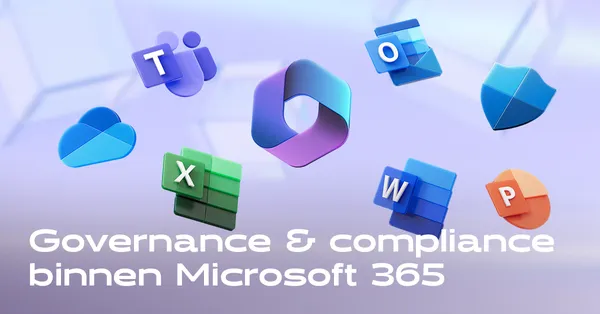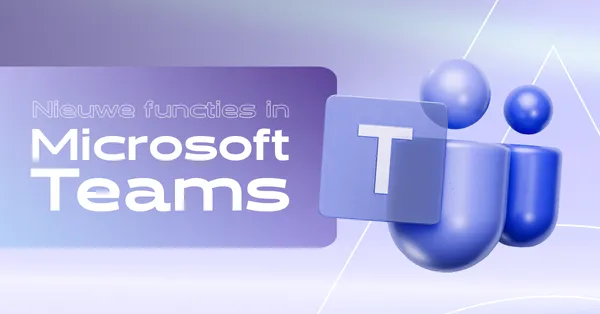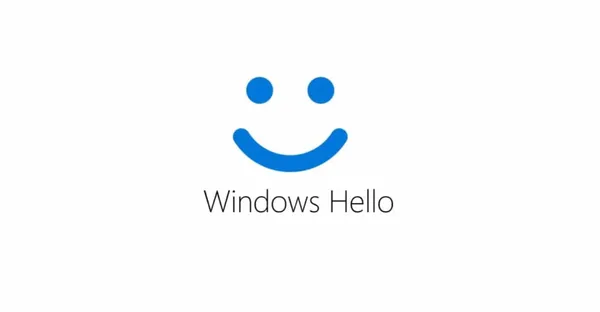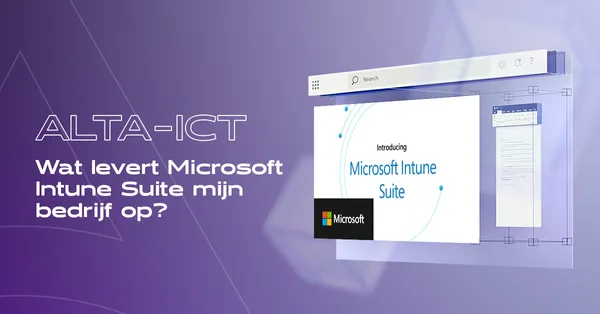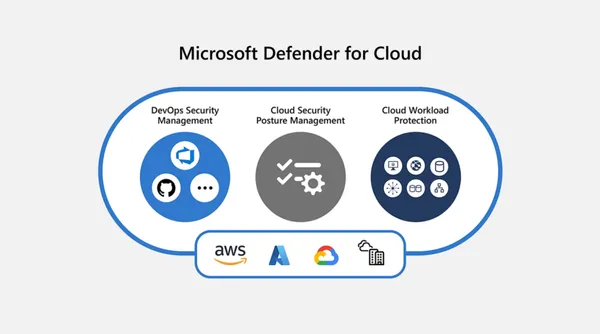
Knowledge base
July 14, 2022
Mitigate security risks of Microsoft 365
Choosing the right software and services is critical to the success of your business. And when it comes to cloud-based tools and services, Microsoft 365 is one of the best because it offers powerful features and cost-saving benefits. But as with any technology, Microsoft 365 comes with security challenges. In this article, we will discuss some of the most common security risks associated with the productivity suite and how you can mitigate them.
Synchronization of infected files
Like most cloud services, Microsoft 365 allows users to automatically sync files stored on their devices to the cloud, as in OneDrive. However, this handy feature is not without security risks. If a locally saved file is infected with malware, OneDrive will display the file as modified/updated and trigger a sync with the OneDrive cloud, leaving the infection undetected.
Microsoft Defender for Cloud Apps is a great tool against malware infection. This app is part of Microsoft 365 Defender and is designed to improve the security of Office 365 apps. It also provides great insight into user activities to improve incident response. Make sure your organization’s security administrators set this up on your systems so you can detect and mitigate cyber risks as soon as they occur.
Security risks in dormant applications
Some organizations using Microsoft 365 often do not use all the utilities and services included in the productivity suite. For example, your organization may use programs such as Word, Excel and SharePoint every day, but rarely OneDrive. Unfortunately, dormant applications can be susceptible to attack. To combat this, it is crucial to identify unused apps and have an administrator adjust user settings to limit the availability of these apps.
Unprotected communication channels
Phishing attacks and malware are two of the most common ways cybercriminals infiltrate a system, but there are other attack paths you may not be aware of. Microsoft 365 applications such as Microsoft Teams, which can connect to external networks, can serve as a medium for ransomware and other types of cyber attacks.
To combat such threats, train your staff to identify potentially harmful files and links. You can also provide guidelines for handling and routing sensitive files and communications to secure locations.
Security vulnerabilities in SharePoint
Companies typically use SharePoint to store sensitive information such as personally identifiable data, so not securing SharePoint content from unauthorized users is a way to expose data and your business to cyber threats. This can be disastrous for companies that must comply with strict regulations for data privacy and protection. Non-compliance can have serious consequences, not only for companies, but also for their customers.
You can prevent this by restricting administrator-level privileges and enabling encryption. In addition, set the necessary security restrictions per user for each application. This ensures that users and hackers who get their hands on user credentials cannot abuse privileges.
Microsoft 365 provides a powerful and convenient tool for businesses. However, as long as cybercriminals exist, there are always security risks to consider. If you have any questions about Microsoft 365 security or would like help implementing these tips, our team of experts will be happy to help. Contact us today!
Source: santractechnologies
Want to know more?

Related
blogs
Tech Updates: Microsoft 365, Azure, Cybersecurity & AI – Weekly in Your Mailbox.


